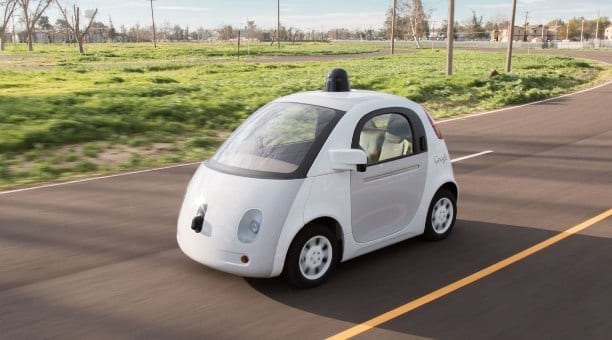Tata Communications to accelerate development in connected cars with Microsoft Connected Vehicle Platform
Tata Communications is working together with Microsoft to help speed up the development of new innovative connected car applications. By combining the IoT connectivity and network intelligence capabilities of Tata Communications MOVE™ with the Microsoft Connected Vehicle Platform, Tata Communications will enable automotive manufacturers to offer consumers worldwide more seamless and secure driving experiences.
The Microsoft Connected Vehicle Platform combines cloud and edge services with a strong partner network to empower automotive companies to build connected driving experiences. There will be additional capability to equip vehicles with encrypted vehicle-to-cloud connectivity globally through the Tata Communications MOVE™ platform to address key challenges that complicate the creation of vehicle-to-everything (V2X) applications. Those challenges include data security concerns around in-vehicle systems as well as their safety; the scalability, interoperability and effective management of these systems across the connected car ecosystem; and the ability to connect them across country borders.
This integration means that players within the connected car ecosystem – from manufacturers, dealerships, insurers to fleet operators and others – will be able to bring to market new value-added services more quickly and cost-effectively, and ensure that they offer drivers reliable, consistent user experiences, anywhere in the world. Tata Communications MOVE™ also gives these businesses greater flexibility and control over the connectivity options for different applications and enables automotive OEMs to solve all their vehicle connectivity needs from a single source. By analysing networks in real-time, they are able to choose the best performing and most cost-effective mobile network in any given country, leveraging Tata Communications’ relationships with more than 600 mobile network operators worldwide.
Tata Communications will build a proof-of-concept solution integrating the Microsoft Connected Vehicle Platform with the Tata Communications MOVE™ platform to show to automotive manufacturers how their joint capabilities will accelerate the creation of new ground-breaking connected car applications.
“In the not-too-distant future, you won’t view your car as a mode of transportation, you’ll view it as a mode of entertainment – and the opportunities that this opens up in areas like video streaming, retail, advertising and insurance are immense,” said Tim Sherwood, Vice President, Mobility and IoT, Tata Communications. “To unleash the full potential of V2X applications, businesses in the connected car ecosystem must be able to capture, move and manage gigabytes of vehicle data securely and seamlessly across the globe. That’s what our latest collaboration with Microsoft is all about – we want to turn that future potential into reality and pave the way for new disruptive connected car services.”
The Tata Communications MOVE™ platform is part of the company’s mission of creating truly borderless mobile experiences for people and things and facilitating its customers and partners’ growth in the global IoT market. It is underpinned by Tata Communications’ relationships with mobile networks operators worldwide, and its global network, which today connects 4 out of 5 mobile subscribers and carries around 30% of the world’s Internet routes.
“Connectivity through the Tata Communications MOVE™ platform, together with the Microsoft Connected Vehicle Platform’s secure and compliant cloud platform, ensures the security and integrity of data across a range of scenarios, including predictive maintenance, remote monitoring and control, and advanced navigation,” said Tara Prakriya, Partner Group Program Manager, Microsoft Connected Vehicle Platform and Mobility, Microsoft. “The integration will make analysing data from vehicles easier for car manufacturers across all services and allow them to complete software updates quickly. It will also help service centres maintain vehicles more effectively.”



